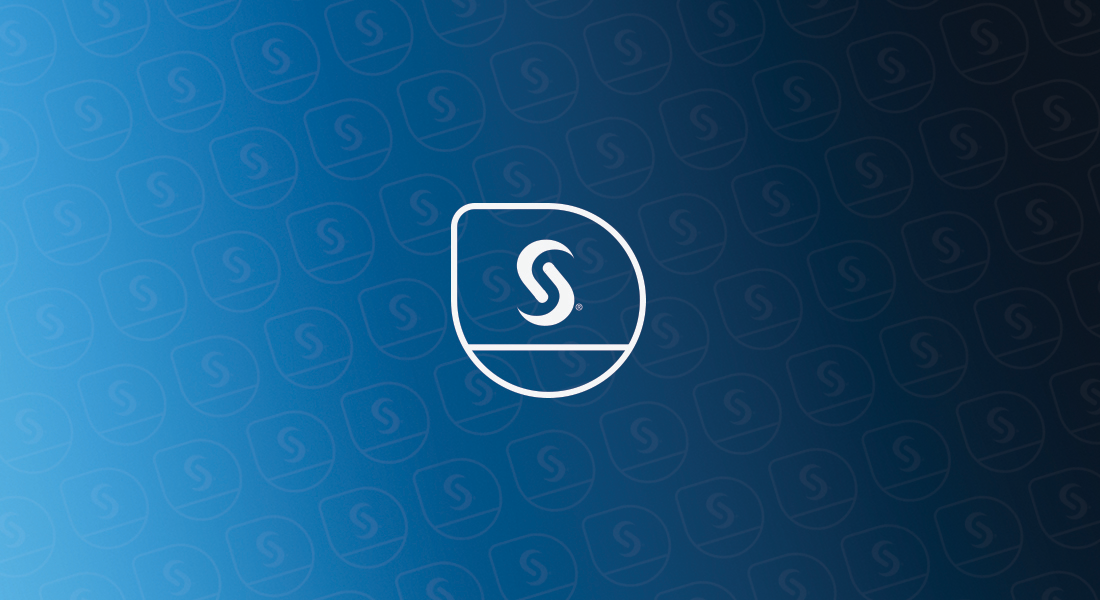
When you connect to a SAS environment with SAS Enterprise Guide, are you a single, consistent person? Or do you have more identities than Chevy Chase in Fletch? When you connect to a SAS environment, you can be many people at once: You are logged into your Windows account on



